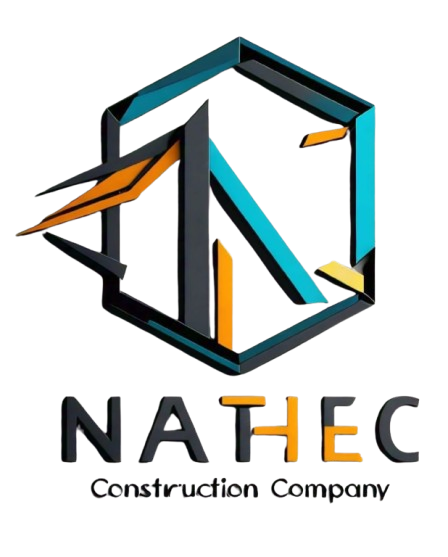-
Labor shortage
A persistent challenge, with 81% of construction firms struggling to fill positions in 2020. This makes it difficult to start new projects and clear backlogs.
-
Inadequate risk management
Many project managers don’t plan for the risks that can delay projects. A global study found that 75% of construction projects fail to meet deadlines due to poor risk management.
-
Technology adoption
The construction industry faces challenges adopting technology solutions, often due to a lack of digital skills, knowledge, and experience, or a lack of money to invest.
-
Cash flow
A steady cash flow is crucial for paying employees, subcontractors, vendors, and suppliers on time. When payments are late, it can disrupt cash flow, causing delays and halting project progress.
-
Communication
Poor communication can cause important tasks to slip through the cracks, and the team to remain unaware of an issue until it’s too late to fix.
-
Delays
Delays are the most common problem in the construction industry, and can negatively impact a project’s success in terms of time, cost, quality, and safety.
-
Unrealistic expectationsSome customers and stakeholders may have unreasonable demands, which can be challenging to meet, especially when the client wants something done quickly or wants to keep costs low.
How can construction firms evaluate the impact of technology on costs and project efficiency?
Adopting new technologies isn’t an automatic process where cost savings and project efficiency are self-evident. It takes a bit of effort to determine if the technology you are using impact the bottom-line. The ideal is to have a set of key performance indicators (KPIs) that you are already monitoring such as project completion times, budget adherences, and the number of safety incidents. Then, you can compare the before and after to see if the new tech is having an impact.
If you don’t have access to historical data, then setting those metrics up now would be a wise investment. You can also rely on qualitative feedback from project managers, contractors, and superintendents to gauge the impact. Highly impactful technology may be noticeable in cost savings, but most technology is harder to evaluate and requires a nuanced reporting approach.
What strategies work for attracting the younger generation to the construction industry?
This is an increasingly important challenge in a market seeing more labor shortages. Construction firms need to modernize their approach to recruitment and use social media to highlight the benefits of a career in construction. Younger generations are technologically savvy by default; appealing to them by highlighting the innovations in the construction industry may be a valid strategy. As well, partnerships with educational institutions to offer exposure to career options in construction and opportunities for hands-on training could be valuable.
Can Bridgit Bench integrate with other project management and financial software used in the construction industry?
Yes, Bridgit Bench is designed to seamlessly integrate with a wide range of project management and financial software solutions commonly used in the construction industry. This flexibility ensures that firms can maintain their existing workflows and data ecosystems, enhancing rather than disrupting their operations. The platform’s open API facilitates easy connections, making it possible to synchronize data across systems for comprehensive project oversight and more efficient resource management.



